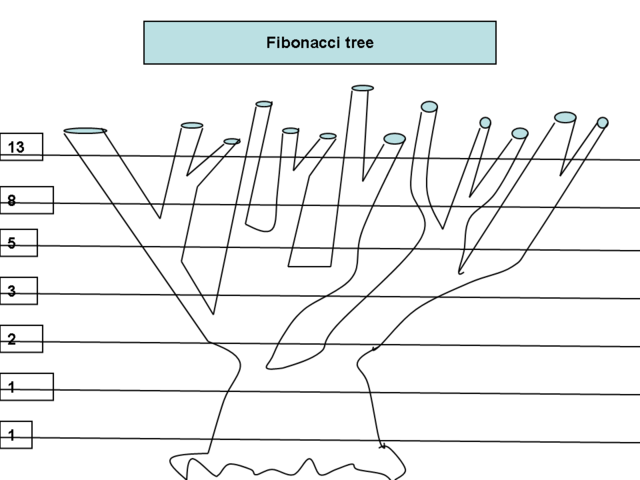Smoke
Ignore-Amus
I think you may be over thinking it, Smoke. I think the point is that this may be something that we can think about when making decisions. Do I cut branch A or B? Well, A is about 1/3 up the trunk while B is just 1/4, for an over simplified example. Or we could look at the way a branch is ramifying and consider how the ratio might help make a better looking pad.
However, I'm still looking for just one photo of a tree on which the artist may have done so.
What if branch "a" is half as large as the trunk, but branch "b" is the correct size, but does not fit the ratio. What is your answer? Do you keep the overly large branch for ratio's sake or use the more proportionate branch or is grafting the answer?
My point is we can draw pictures till the cows come home but no one is showing how this can be applied to the designing of trees in a rational and horticultural manner. Edumacate me!
Last edited:



